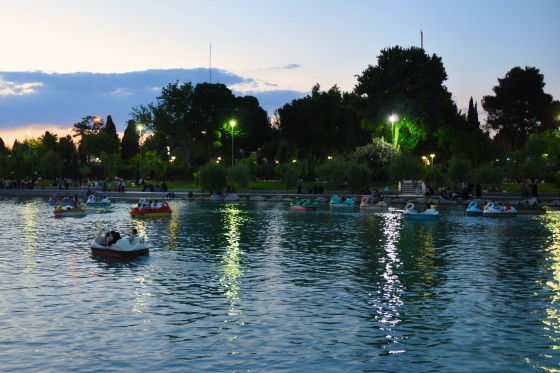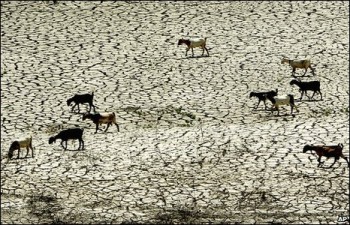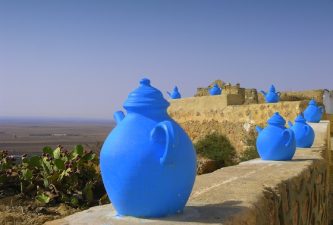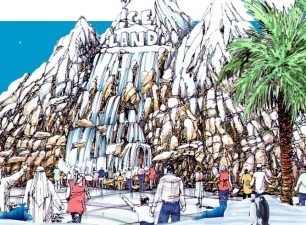The importance of recycling used water is understood more today by the Iranian environmental authorities, but converting theories to practice needs more investment. Mohammad J. Mohammadi Zadeh, the head of Iranian Environmental Protection Agency has declared how the water supplies of the country, which is among the arid and semi-arid lands, are wasted: “From 410 billion cubic meters of rainfall of the country, 280 billon cubic meters are evaporated, 92 billion cubic meters flow on the surface, and 38 billion cubic meters are added to underground water reservoirs.”
He has also said that the enture water supply of Iran includes a volume of 130 billion cubic meters, of which 50 billion cubic meters are guaranteed as a source of water supply.
The two main issues that are worth considering concerning this problem are recycling plans and water usage patterns. What the mentioned governmental authority focuses on is the high amount of water that is used by Iranian households as a result of poor consumption patterns that wastes water. According to him, the average annual water use per capita is 191 liters, while this figure is 150 liters for the whole world.
What draws attention at the first glance is that Iranians are wasting water unwisely. But if we think a minute, then we see showing consumption patterns to people can be of a central government’s responsibilities. This can happen by means of the media, which are mainly in hands of the government in Iran.
The recycling plans have been fundamentally implemented through building dams during the past two decades. These large construction projects have sometimes caused environmental debates and cultural problems that occurred after the construction of Sivand Dam in southern province of Fars.
However treatment and recycling the industrial used water has so far been neglected. There are many things that could be learnt regarding this issue. Brown and Caldwel in “Water System Management Plan” for the City of Davis, California (1989) have presented the most important factors that should be noted in an industrial water reuse program as follows:
- Identification of water reuse opportunities
- Determination of the minimum water quality needed for the given use
- Identification of wastewater sources that satisfy the water quality requirements
- Determination of how the water can be transported to the new use
They have also recommended important factors in a more general reuse program in Clover/Chambers Creek Basin Groundwater Management Program and EIS” (1990). For this second recommendation, they have generalized the factors for all recycling plans:
- Identification of water reuse opportunities
- Evaluation of the minimum water quality needed for a particular use
- Evaluation of water quality degradation resulting from the use
- Determination of the treatment steps, if any, that might be required to prepare the water for recycling
I am urging the government authorities in Iran to consider adopting some of these ideas.
Photo by farrokhi
More Middle Eastern water articles:





I am in favour of building artificial lakes to store water for use in irrigation
it will assist to some extent floods, and supply water during dry season
I can also project how to save water in gardening and farming
Organic Gardener, Farmer
What Tehran needs to do, is implement a real sewage system from every new area built gradually trickling down to the older areas, as at the moment all buildings drain water into there own sespit. Image 12 million people all using sespits!